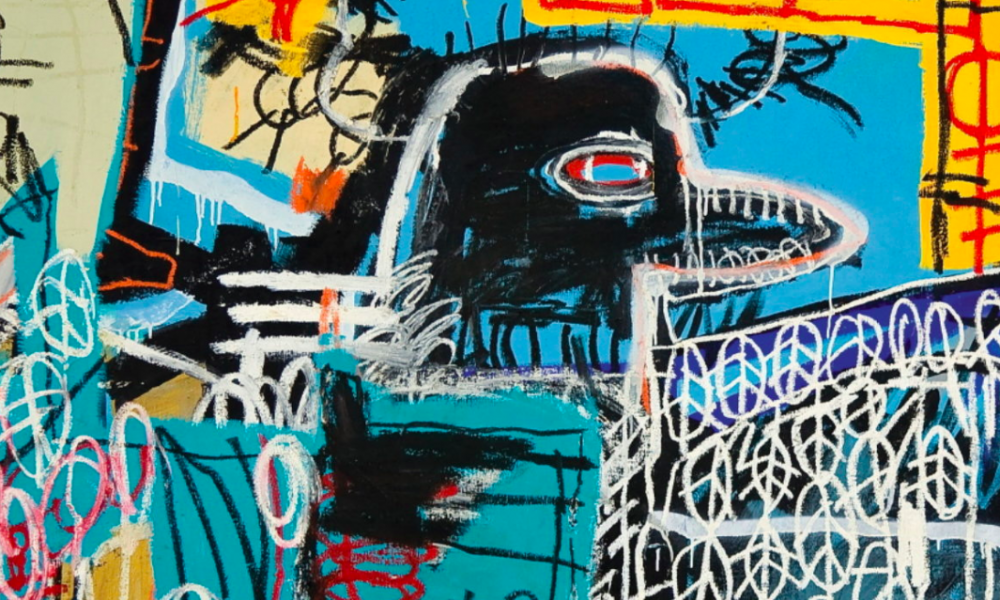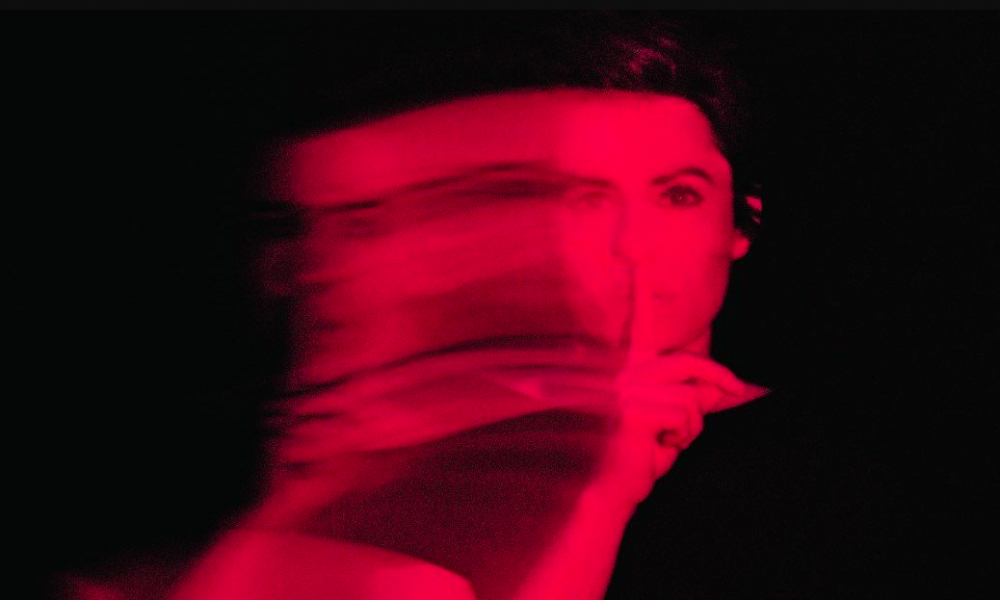Joost-Olan Sheehan, a 19-year-old midfielder for the Westchester Flames soccer club, shares a common fear with today’s athletes — falling out of shape.
“At this point, I should be at the climax of my bulk, but since being sent home due to the coronavirus, I’ve only been able to do at-home exercises with limited equipment,” Sheehan said.
After Governor Andrew Cuomo announced on March 20 that nonessential activities, including sports, were suspended until the foreseeable future, Sheehan, who lives in Larchmont, N.Y., is under mandatory quarantine to protect himself from contracting or spreading COVID-19.
But two weeks prior, the Westchester Flames already began conditioning remotely after the United Soccer League Two (USL) suspended all matches for 30 days on March 12. The decision was made as a preventative measure to combat the spread of COVID-19 in Westchester County — a local epicenter of the pandemic.
But audible frustrations echoed throughout the football club, none louder than from under-23 coach Sean Kenny.
“Our season ended before it even started,” Kenny said. “Our squad will not have trained for over 2-3 months as the collegiate league and other leagues have shut down.”
Another coach weighed in about the quarantine, and how it has derailed the physical progression of his athletes throughout the USL season.
“Because the shut down came so early, even trials were cancelled, and most teams do not have solid squads,” fitness coach Stavros Zomopoulos said. He is the head coach of the U-23 Flames side and former Berkeley men’s soccer trainer.
Muscle shrinkage takes three weeks to start taking effect, which could also affect the conditioning of players. Players who have been training for years can lose significant muscle mass in only a few months of quarantine.
“For a non-high level professional side, where the players do not have home access to the necessary equipment, it is impossible for them to be able to stay in ‘competitive’ soccer shape. Their speed, agility and small area fitness will lag,” Zomopoulus said.
Professional teams can do calisthenics, such as stretching and jumping, instead of a more traditional training session involving high intensity cardio. But since the Flames aren’t a professional team, they aren’t afforded the luxury of a high-profile training facility like official teams are, such as the New York Red Bulls.
Hence, Zomopoulus says the conditions call for improvisation.
“For our teams, what we have done is on-spot sprinting sets and band resistance. Most players have access to at least one, so that’s part of the program,” he said.
“But there’s no way to replicate the intensity of a training session from home for our level,” he added. In response, members of the semi-professional soccer team are practicing plyometric calisthenics to condition their bodies during the quarantine and stay fit.
Plyometric training includes burpees, situps, pushups and any explosive exercise over a short period that puts stress on the muscles. These exercises allow for intense workouts in reduced spaces.
“[The] intense exertions of maximum muscular capacity in short bursts allows for muscle fibers to tear, leading to muscle growth,” Sheehan said.
Zomopoulus says the lack of cardio could deteriorate the stamina of his players.
“Our practices were a full 90 [minutes], two or three times a week. Given our players were coming off not full-intensity spring seasons, and as we only had three weeks before [the] match schedule overtook us, we had quite a heavy load,” Zomopoulus said.
Cardio isn’t the only facet players are stagnating in. Some athletes say they are already feeling the consequences of inactivity as a result of the quarantine.
“Muscles shrinking is something I worry about,” Sheehan said. “I’m used to lifting heavy weights at my university and training with the school team for two hours a day for three times a week. But now I’m stuck at home.”
But Sheehan isn’t the only soccer player who is worried about the virus. Walter Darby St. Cilien, a Haitian-born soccer player who previously played in the New York Red Bulls academy, is fearful the quarantine will cause him to fall behind on his cardio routines.
“I can already feel myself falling out of shape,” St. Cilien said. “Even considering I eat relatively healthy.”
The 21-year-old now plays year-round soccer in college, but was sent home amid the quarantine.
“I eat maize and do twenty pushups a night,” Cilien said about his new training routine. “But it doesn’t match how hard I was working out at my school. Not at all.”
Cilien says his eating habits keep him lean for sprint speed and agility, but Joost-Olan prioritizes building muscle. Cutting calories is a cause for concern for him.
“I haven’t seen my fitness diminish, but it’s definitely gotten more difficult to increase my athletic performance,” Sheehan said.
Roberta Gershner, a nutritionist in Ossining, N.Y., disagrees. She says vegetables can boost metabolism and in turn enhance cardiovascular performance and stamina.
Although it can be a struggle to eat clean, athletes should maintain good eating habits while staying at home due to COVID-19, Gershner advised. This will minimize the loss of stamina and other measures of athleticism.
“Add stretching and light aerobics to the mix, and the oxygen starts flowing through the blood,” Gershner said. Moderate exercises can supply the muscles with blood for faster recovery during the anaerobic phase of plyometric exercises — where muscles are deprived of oxygen.
Through proper nutrition and a slightly modified training regimen compared to the cardio-heavy sessions the Flames are used to, soccer players can expect to stay fit when it comes to muscle mass and performance.
But in terms of playing soccer at a semi-professional level, Coach Kenny says his players will need months to return to the appropriate level. The USL extended its training moratorium until April 19. The Westchester Flames are scheduled to face the New York Red Bulls II on May 9, but it’s unclear whether this game will happen. The USL extended the training moratorium until May 3.
“That’s the thing. We don’t know when this is going to end,” he said. “But we have to be ready when the season restarts. Whenever that may be.”




Comments are closed.